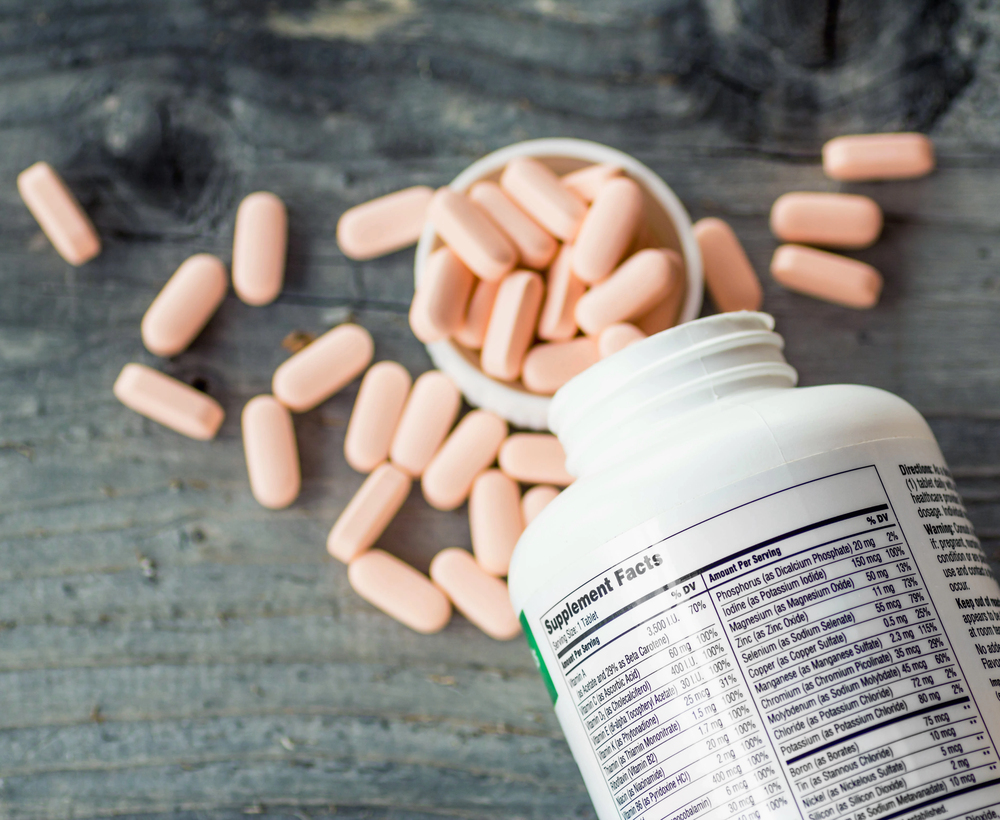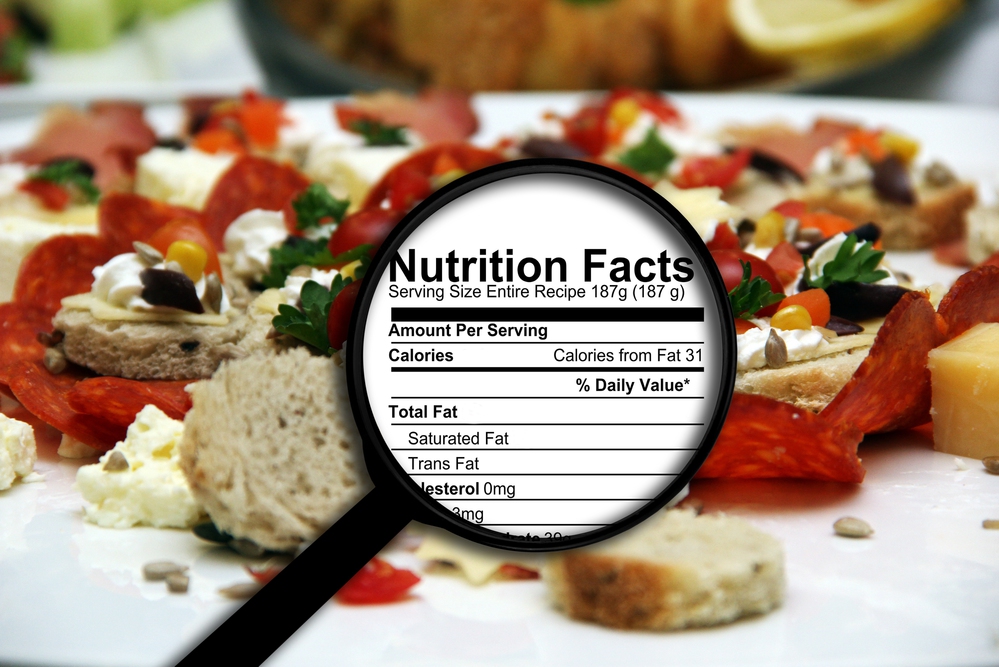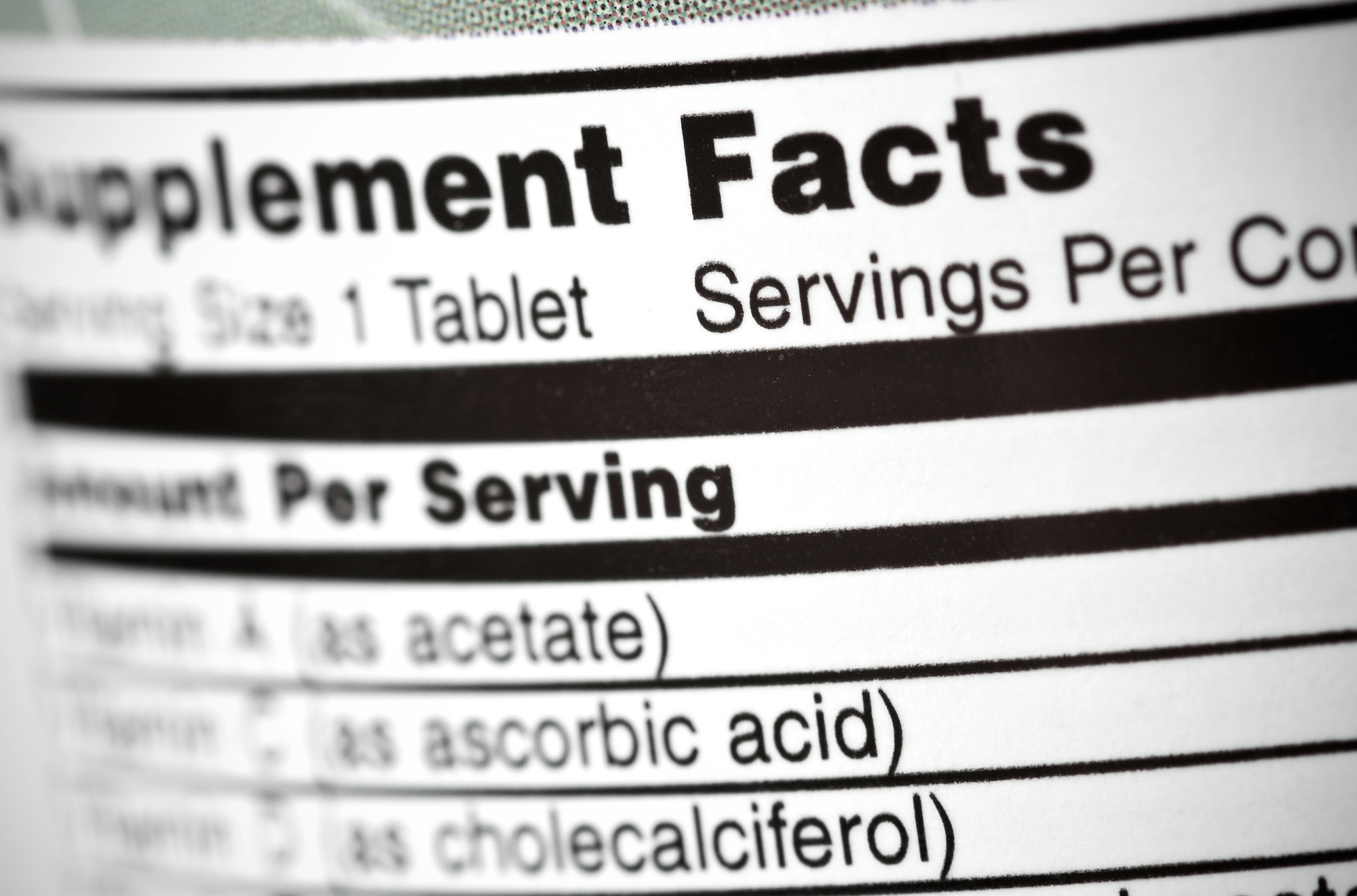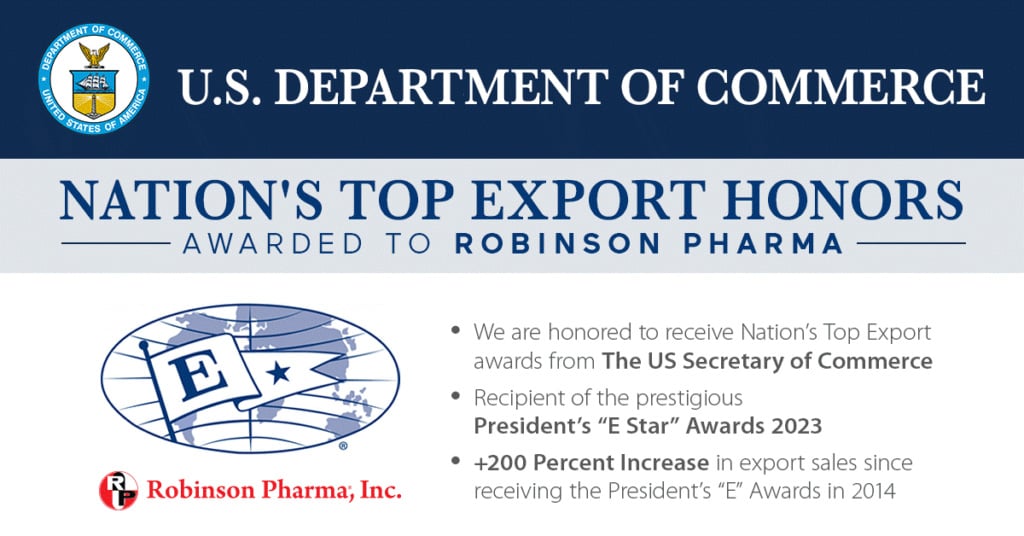Nowadays, dietary supplements have become a common necessity for many consumers. This has led to an increase in the number of available options. As a result, choosing the right product and understanding the labels on these products can be quite a challenge. This article will guide you how to read dietary supplement labels like a pro, helping you make smart decisions for your health and finances.
Key Takeaways
- Reading and understanding the elements of supplement labels can help you choose effective and cost-saving products.
- Labels provide information about dosage, ingredients, common terms, health claims, expiration dates, and allergy requirements.
- Reading labels allows you to verify the product’s quality and safety, ensuring it meets your nutritional needs.
Regulations on Supplements
The dietary supplement industry is a global market worth over $100 billion annually. Approximately 50% of adults and one-third of children in developed countries use dietary supplements.
However, it’s important to note that definitions and regulations for dietary supplements vary from country to country and are often quite loose. In some cases, the focus may be more on promoting trade than protecting public health.
In reality, dietary supplements can pose certain health risks, such as:
- Supplements may cause toxic reactions, interact with other supplements or drugs, and may be contaminated with heavy metals.
- Some supplements might not contain the correct amount of active ingredients as claimed.
- Overconsumption of certain nutrients may increase the risk of cancer.
The FDA regulates supplements differently from foods and drugs. According to the DSHEA Act of 1994, manufacturers must ensure that their products are free from contamination or mislabeling before marketing. The FDA has the authority to intervene with any supplement that is contaminated or mislabeled after it has entered the market.

Supplement Facts
A Supplement Facts label provides essential information about the product, including:
- Serving Size and Servings Per Container: This indicates the portion size and how many servings are in each container. For example, suppose a product contains 100 tablets and the serving size is two tablets. In that case, the label will indicate that there are 50 servings per package. It will also give you guidance on how much to take each day.
- Amount of Nutrients Per Serving: This shows the nutrients in each serving. For capsules or tablets, the exact nutritional content is usually listed. You’ll know precisely how much nutrition you’re getting. You’ll measure the amount for powders, liquids, and similar forms yourself. Most manufacturers provide measuring tools for accurate dosing, so no need to worry.
- Percent of Daily Value (%DV): This tells you the percentage of the daily value for each nutrient, based on a 2,000-calorie diet. For example, suppose a product lists 15% DV for calcium. In that case, it means one serving provides 15% of the calcium your body needs daily.
- Other Ingredients: The product will list other ingredients, such as fillers, colorings, preservatives, etc.
What features are required on labels of dietary supplements? The FDA requires dietary supplement labels to include elements like the product name, quantity, nutritional information, ingredients, and manufacturer. The presentation may vary slightly.
Recently, the FDA updated labeling regulations for foods and supplements to make nutritional information clearer and more accurate. These updates include:
- New Nutritional Information: Updated nutrient lists and daily value references based on current nutritional recommendations.
- Specific Requirements: Adjusted requirements for supplements for children under 4 years old, pregnant women, and nursing mothers.
- Improved Dietary Supplement Label Design: Enhanced label design to make it easier to read and understand.
Ingredients
Ingredients are usually listed below the nutrition facts panel. This includes vitamins, minerals, and other substances that make up the supplement. The ingredient list on the label includes:
- Active Ingredients: These are the main ingredients that provide the product’s health benefits, such as vitamins, minerals, or herbs. Ingredients on the label are typically listed in order of prominence, with the most abundant ingredient listed first.
- Other Ingredients are additives such as coloring agents, flavorings, or texture enhancers. While they don’t provide direct health benefits, they may affect the product’s quality and effectiveness. Although these additives may be necessary to improve the product, it’s best to avoid products with a long list of additives, as this may indicate the product contains many unnecessary ingredients.
- Potential Allergens: Potential allergens such as milk, soy, or gluten. If your body is sensitive to any of these, check this section carefully to avoid unwanted side effects or allergic reactions.
You also need to distinguish between key nutritional ingredients (like “Magnesium (as magnesium malate)”) and non-nutritional ingredients (like excipients listed under “Other Ingredients”) in the dietary supplement labels. For example, suppose a product contains magnesium malate to provide magnesium. In that case, magnesium malate does not need to be listed separately in the ingredient list.
Some companies now use QR codes on products to make it easier for consumers to view product ingredients. This is also a very smart application.
Terminology
Common terms found on supplement labels include:
- Natural: The product does not contain artificial or synthetic ingredients, such as artificial flavors or colors.
- Organic: The product is produced without pesticides, chemical fertilizers, or banned substances.
- Food-based or Whole Foods: Made from whole or minimally processed foods.
- GMO-free: Does not contain genetically modified ingredients.
Natural
According to the FDA, “natural” means the product doesn’t contain artificial ingredients. However, this term is not strictly regulated, and some products labeled as “natural” may still contain synthetic chemicals. So, it’s essential to carefully check the product label.
The term “NHP” (Natural Health Products) includes natural supplements such as vitamins, minerals, herbal medicines, fatty acids, amino acids, probiotics, and nutraceuticals [4].
Organic
Organic products must comply with the National Organic Program regulations, meaning they contain no banned substances or GMOs. They are made from plant or animal ingredients grown or raised using organic methods. This means organic plants are grown without GMOs, synthetic fertilizers, or pesticides. In contrast, organic animals eat organic feed and are not treated with hormones or antibiotics.
You’ll often find organic products marked with a green USDA logo, making them easy to identify.
Food-based or Whole Food
A product labeled as “Food-based” or “Whole Food” means it’s made from whole or minimally processed foods, which generally ensures high quality. However, these products may still contain additives, fillers, and other substances that might not always be beneficial.
For example, products labeled as “nutritional foods” or “whole foods” are often mixtures of dried foods. While they sound healthy, you still need to be cautious. These products can include synthetic ingredients like additives, fillers, and flavorings, which may not always be good for your body.
GMO-free
The term GMO-free means the product doesn’t contain genetically modified ingredients or less than 0.9% GMOs (technically). Many people choose to avoid or limit GMO ingredients due to concerns about food allergies, antibiotic resistance, and long-term health effects. Products may carry a seal from the Non-GMO Project, a nonprofit organization that verifies ingredients are free from GMOs.

Health Claims
Nowadays, many individuals sell poor-quality products to make money, promoting them as “miracle cures,” “cures for all diseases,” or “breakthrough technologies,” and so on. This situation is alarming for those who do not thoroughly research supplements.
Claims about curing cancer, reversing diabetes, or slowing aging with supplements are not only unsupported by research but are also illegal in the U.S.
Currently, supplements can only support health but cannot replace medication for any medical condition. For a supplement to claim it can “treat a disease,” it would require extensive clinical scientific research to prove its efficacy.
These exaggerated claims of miracle cures may be a sign of fraud. Additionally, be cautious of the following situations:
- Products that promise unrealistic results: These products are often not scientifically supported and may not be as effective as advertised.
- Prepayment requirements: Be wary of requests for payment before receiving the product.
- Claims of prescription-like effects: Products should not claim to have effects similar to prescription drugs without proper medical certification.
- “Risk-free free trial” programs: These offers may contain unfavorable terms or hidden fees.
Allergies and Dietary Restrictions
If you have food allergies or follow a special diet, carefully check the dietary supplement labels to ensure it does not contain allergens or unsuitable ingredients. Even if a product claims to be allergen-free, this is not always strictly regulated. Make sure to check the product’s ingredients before purchasing or using it.
People with allergies should be aware of common allergens like milk, eggs, fish, and peanuts, as these can cause side effects such as rashes, difficulty breathing, nausea, or anaphylaxis. Lactose intolerance occurs when the body cannot digest lactose, leading to bloating, stomach pain, and diarrhea.
For individuals with celiac disease or gluten sensitivity, choose products certified as gluten-free. Vegans should avoid animal-derived ingredients and select products certified as vegan.
The expiration date of Supplements
The expiration date is the last date by which the product is guaranteed to be effective. After this date, the product’s potency may decline, and consuming it may pose risks to your health.
Always check the expiration date on the label to ensure the product is still effective and safe to use. The expiration date helps you avoid using products that are no longer beneficial or could be harmful.
Why Is It Important to Read the Supplement’s Labels?
Research by Heather Boon and Natalie Bozinovski shows that information on natural health products and supplement labels does not always help consumers make better decisions [6].
While label information may influence some choices, many people still do not fully understand or carefully read the information provided. Designing labels to be clear and consistent is crucial, but simply changing labels is not enough to significantly alter consumer behavior.
Some contract manufacturers are now focusing more on label design. Here are a few reasons why reading supplement labels is becoming increasingly important:
- Verify product authenticity and safety: Ensure the product does not contain harmful ingredients and meets quality standards. Labels help you identify ingredients, including nutrients and additives, to avoid allergies or unwanted drug interactions.
- Identify the right product for personal needs: Choose a product with the necessary dosage and ingredients.
- Understand benefits and risks: Know what the product can offer and what to watch out for when using it.
- Ensure correct dosage: Labels provide information on recommended dosages, helping you take the right amount and avoid overdosing or underdosing.
- Choose quality products: Labels indicate product quality, with certifications from reputable organizations ensuring the product’s safety and effectiveness.
- Save money: Reading labels helps you compare products, allowing you to choose the best value for your money.
- Comply with legal regulations: Labels must comply with FDA regulations, ensuring ingredients and dosages are clearly stated and that products are not mislabeled or improperly mixed. Products that are unclear or violate regulations may not be safe for you.

Things You Need to Know When Reading Supplement’s Labels
When reading supplement labels, pay attention to the factors mentioned above. You can look for certifications from independent organizations like NSF International, USP, or ConsumerLab.com to ensure the product has been quality-tested.
Carefully read the health and function claims, such as “calcium may reduce the risk of osteoporosis” or “fiber promotes regular digestion.” Note that functional claims do not need to be approved by the FDA, but the product must include a disclaimer that the FDA has not evaluated the claim.
Conclusion
Reading supplement labels is an important step in maintaining your health. By understanding how to read dietary labels and the label information, you can choose the right product and ensure that you are using supplements safely and effectively. Selecting the right product can also help you save money and maximize health benefits.



